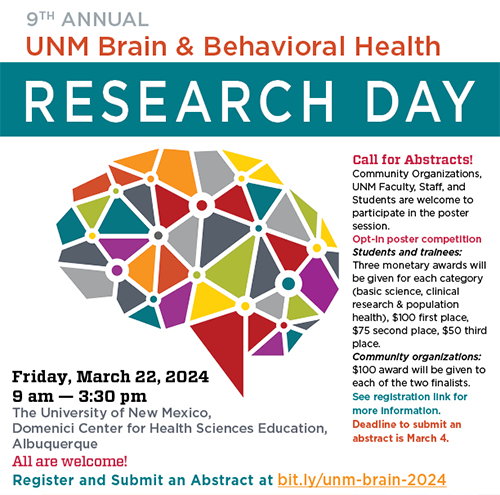Document Type
Poster
Publication Date
2021
Abstract
Introduction: Various microbes and viruses have been associated with the pathogenesis of Alzheimer’s Diseases (AD), with many studies dating back to the 1950s. There are challenges in establishing direct links between the microbes and AD pathology. Since microbes and viruses have been observed to be dormant and reactivate in aging brains, it is not clear if the microbes are a byproduct of AD pathology or a direct cause of it. Recently, various publications considered the link between several herpes simplex viruses and neurodegeneration in AD. For example, Readhead et al. utilized multiomics data from post-mortem brain samples meeting the neuropathological criteria for AD to construct biological networks and look for associations between viral genome, transcription and AD. This study established associations between human herpesviruses HHV-6A and HHV-7 and various aspects of AD. The herpes simplex viruses (HSV1 & 2) interact with intracellular membranes during egress. After viral replication and exit from the cell’s nucleus, a secondary envelopment process, by which HSV acquires its envelope, structurally resembles the process of autophagy. Thus, autophagy might have significant interactions with HSV.
In this study, we are interested in investigating whether autophagy-related genes are regulated by herpesviruses to determine molecular relationships between autophagy, herpesviruses, and AD. Methods: We have downloaded the R codes and datasets published by Readhead et al. available on synapse.org. We were able to run the code and reproduce the figures in their paper. We’ve also compiled a list of 180 autophagy-related genes. We plan to mine viral quantitative trait loci (vQTL) to correlate host genomic and RNA-seq to viral load in preclinical and clinical AD; and Quantitative trait of host genes (eQTL) to identify genes associated those host sites that also correlate with cognition and Braak stage. This produces 91,000 sites which we will mine for autophagy genes to construct a network of autophagy, viral activity, and AD traits.
Results: We hypothesize that there exists a correlation between autophagy related genes and the reactivation of the dormant viruses and the progression of AD pathology.
Conclusions: The integration of autophagy related genes in this project will potentially clarify the role microbes and viruses play in the progression and onset of AD pathology and how they interact with viral products in the brain.
Recommended Citation
Nafchi, Amir; Mohammad Anani; Tudor Oprea; Ben Readhead; and Elaine Bearer. "Interactions Between Autophagy, Herpesvirus and Neurodegeneration in Alzheimer’s Disease." (2021). https://digitalrepository.unm.edu/hsc-bbhrd/3


Comments
Poster presented at the Brain & Behavioral Health Research Day 2021
Supported by NCRR and NCATS UL1TR001449.
"This project is supported by the National Center for Research Resources and the National Center for Advancing Translational Sciences of the National Institutes of Health through Grant Number UL1TR001449."